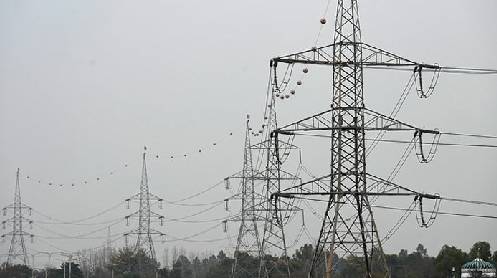LONDON: In a major revision of its long-term projections, the International Energy Agency (IEA) has said that global oil and gas demand could continue to grow until 2050, signaling that the world is unlikely to meet its climate targets despite decades of pledges to transition toward cleaner energy.
The findings, published in the IEA’s World Energy Outlook 2025, mark a sharp shift from its earlier forecasts that global oil demand would peak this decade. The agency — traditionally seen as the West’s energy security watchdog — now predicts that under current government policies, fossil fuel consumption will remain resilient amid growing energy needs and a surge in power demand driven by data centers and artificial intelligence (AI).
Policy Shift and Political Context
The IEA’s change in tone follows years of political pressure and shifting U.S. energy policy. Under the Trump administration, the U.S. urged greater emphasis on oil and gas production, while under President Joe Biden, the agency had forecast that no new investment in fossil fuels would be required if the world aimed to meet its net-zero emissions goals.
However, with many countries failing to submit new 2031–2035 climate targets, the IEA has reverted to its “current policies scenario,” last used in 2019, which reflects existing policies rather than aspirational climate commitments.
“The current trajectory suggests the world will likely fall short of its climate goals,” the IEA said.
Oil and Gas Growth Outlook
Under this baseline scenario, the IEA projects that global oil demand will rise to 113 million barrels per day by 2050, a 13% increase from 2024 levels. Global energy demand is expected to grow by 90 exajoules by 2035, equivalent to a 15% increase compared to current consumption.
In its stated policies scenario, which includes announced but not yet implemented measures, oil demand is projected to peak around 2030. The agency emphasized that its scenarios represent a range of possible outcomes rather than definitive forecasts.
Surge in LNG Expansion
The report also highlights a dramatic expansion in the liquefied natural gas (LNG) sector. Final investment decisions in new LNG projects have surged in 2025, with about 300 billion cubic meters (bcm) of new export capacity expected to come online by 2030 — a 50% increase in global supply.
Under the current policies scenario, global LNG trade will grow from 560 bcm in 2024 to 880 bcm in 2035, and 1,020 bcm by 2050, driven largely by rising electricity demand from data centers and AI applications.
The IEA also noted that global investment in data centers could reach $580 billion in 2025, surpassing the $540 billion spent annually on global oil supply — highlighting a new frontier of energy demand.
Climate Goals at Risk
Despite ongoing clean energy investments, the IEA warns that global temperatures are set to exceed the 1.5°C threshold agreed upon at the Paris Climate Accord (2015) in all but its most optimistic net-zero scenario — and even then, only if large-scale carbon removal technologies are deployed.
The agency’s latest analysis underscores a growing gap between climate ambition and reality, suggesting that fossil fuels will continue to dominate the global energy mix for decades unless countries accelerate implementation of their energy transition policies.
By Reuters







